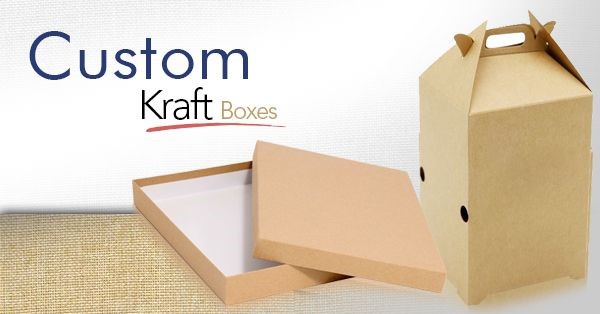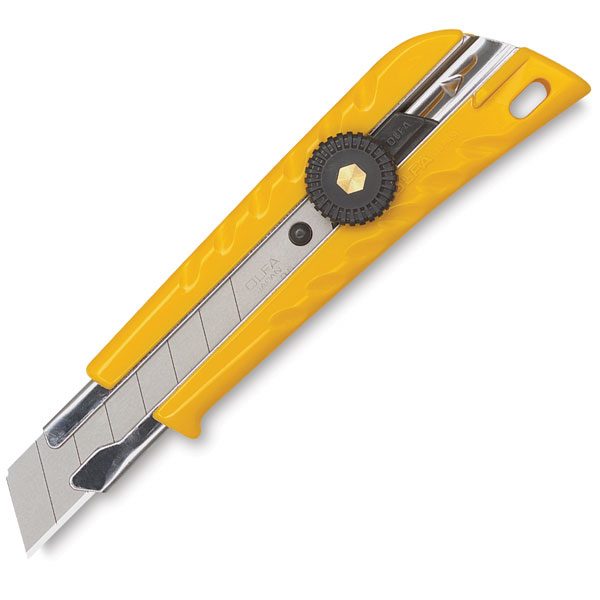If your website ranks high in the SERPs top results but your traffic is not very high, this is probably because the content of the title tag and meta description is not sufficiently tempting to get users to click on your site. Certain websites perform very well thanks to optimized title tags, but do not get many clicks. Many people click on a web page that is not what they expected because of the title, and then click on the button to view the results and try again.
It is important that the title tags and meta descriptions are written in such a way that users get attention, answer the questions they ask, and force them to click on your links. The following tips will help you write more effective title tags or meta descriptions that help improve the click rate of your pages and appear higher in SERPs. Do not forget to create a title plate and to ensure that every page of your website has an effective title plate.
A title tag and meta description are a bit of HTML code found in the header of a web page. Used correctly, it acts as a hook for your advertising in search results. If you don’t know what it is, why it is important, how to write it and how to get more chances to click on your links in the search engine results, then we will explain all of this in this short guide.
A title tag and a meta description of the pages show how the page will appear in search engine results. Title tags are short sums of alternative page headings for the purpose of informing searchers of the content they find when they link to the page. SEO titles help search engines understand what your website is all about on each page.
The title plate is displayed as a clickable title in search engine results pages (SERPs) and provides results important for usability, SEO and social sharing. In a vacuum, the title plate is not a significant detail, but if it is summarized in context, in conjunction with other pages, or if it is combined on a single page or together with another page on the site, it can be a success in attracting more traffic. Align your title tag with keywords that are relevant to your page and most commonly used by users so searchers have an immediate sense of where they can find what they are searching for on your page.
The title plate is one of the parts of a page that search engine algorithms attach much weight when determining a page, so it is a quick and easy way for website creators to indicate which page to follow. If you use a WordPress SEO plugin, you can skip HTML and add a title tag to your page by filling a field called “title” or “title tag” into your plugin. Keep in mind that some social networks, including Facebook and Twitter, have their own metatags that allow you to specify a title that differs from your main title tag.
If the title you created is not relevant to the page, Google may display a different title. If you’re lucky, Google will display the meta description of your page title in search results. When a link to your site appears on the first page of Google search results, it is usually accompanied by a title tag and a meta description of the page.
The title tag and the meta description of the page are the first contents that users encounter on your page. Robot crawlers prioritize your site and its content by a ton of factors, but one of the most important SEO ranking signals is the title sign. Enter your relevant and desired keywords in the title, but do not exaggerate.
In addition to these rules, you can use a few basic sales and advertising techniques to help you create the best possible page title and perfect meta description, including unique selling points, USP positioning, and the use of psychological trigger words. When writing a good page title or meta description, you have to make it unique, make sure that it is not too short or too long, use precise keywords and phrases, and ensure that the page is not crammed with keywords written by humans, not robots. You also need to combine clarity and context to ensure that your title makes sense.
When designing your website, it is important to know how each page fits into the context of your topic. Titles that are too long are not shown in search results, while titles that are short do not give enough information to search engine bots to understand the page. You can also duplicate titles which may confuse search engines about which pages they rank, resulting in lower rankings for your pages.
If you have duplicate tags, you will see them in the reports of the Google search console and the Bing webmaster tools, and you will also find that search engines may ignore your title tag and use other content when they find your page (blue link text in SERP). A popular plugin that elevates web pages to a higher ranking is the tool created by Google SERP Snippet Preview to create optimized title tags to let you know if the page title is of acceptable length. The plugin has a high indicator that tells you if your title tags are too short or too long and the optimal length, as well as useful hints to improve the SEO of your site.










You must be logged in to post a comment.